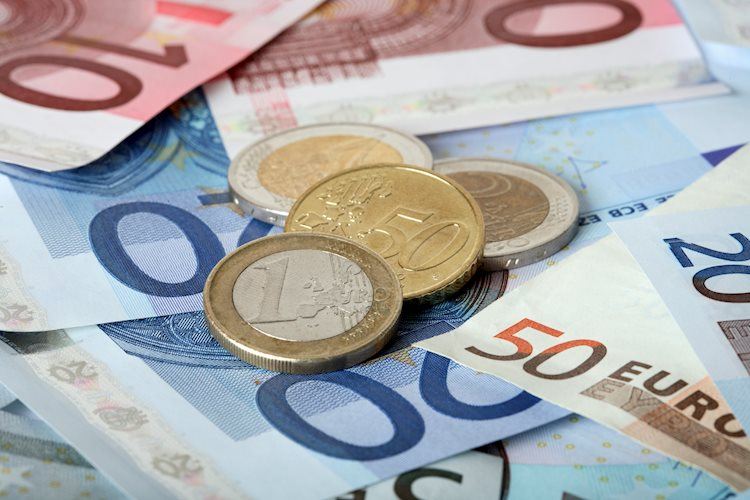The EUR/USD pair continues to decline as the Euro deflates, reaching fresh year-long lows on Thursday by piercing the 1.0500 handle for the first time in 54 weeks. The lack of meaningful EU data is failing to provide support for the Euro, with Fiber bids favoring the safe haven US Dollar. European GDP growth figures matched expectations, with pan-EU GDP coming in at 0.4% QoQ and annualized GDP at 0.9% YoY.
Producer Price Index (PPI) figures also met expectations, with a slight increase in annualized core PPI numbers. Headline PPI rose 0.2% MoM in October, while core PPI for the year ended in October accelerated to 3.1%. The economic calendar for Friday is one-sided, with US Retail Sales expected to ease to 0.3% from the previous month’s 0.4%.
Looking at the EUR/USD daily chart, the pair is displaying sustained bearish momentum, falling below the 50-day and 200-day Exponential Moving Averages (EMAs). The recent “death cross” further reinforces the downside pressure, suggesting a continuation of the downtrend. EUR/USD is trading near multi-month lows around 1.0520, with strong resistance expected around 1.0700 where the EMAs converge.
The Euro is the currency for the 19 EU countries in the Eurozone, with the second-highest trading volume globally after the US Dollar. The European Central Bank (ECB) in Frankfurt manages monetary policy to maintain price stability. Eurozone inflation data, measured by the Harmonized Index of Consumer Prices (HICP), is crucial for the Euro, as higher inflation may prompt the ECB to raise interest rates. Economic data releases such as GDP, PMIs, and consumer sentiment surveys can influence the Euro’s direction.
The Trade Balance is another significant data release for the Euro, measuring the difference between a country’s exports and imports. A positive net Trade Balance strengthens a currency, indicating that the country’s exports are in high demand. Overall, economic data for the Eurozone, especially from the largest economies like Germany, France, Italy, and Spain, can impact the Euro’s value in the foreign exchange market. Traders and investors closely monitor economic indicators and data releases to gauge the health of the Eurozone economy and make informed trading decisions.











